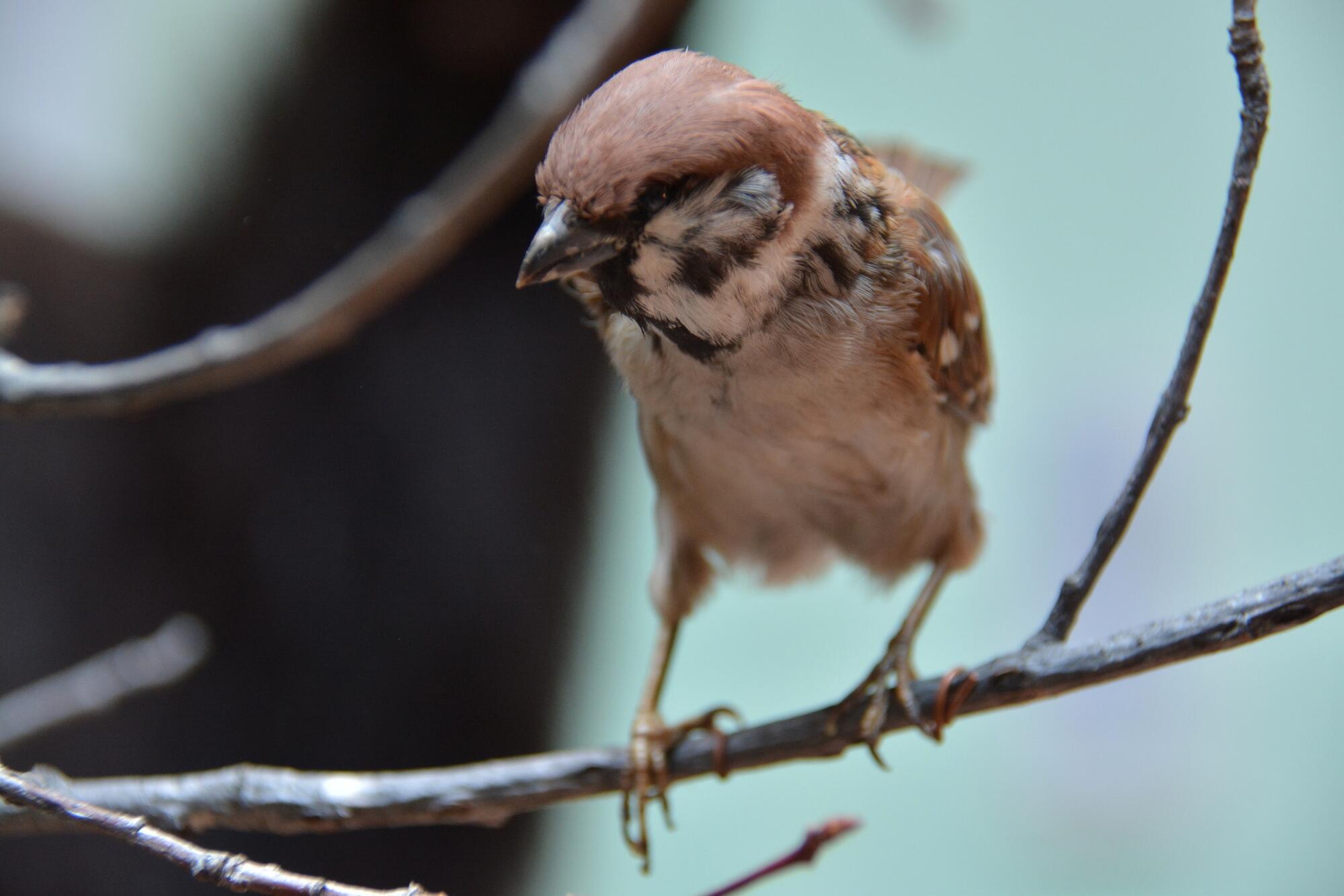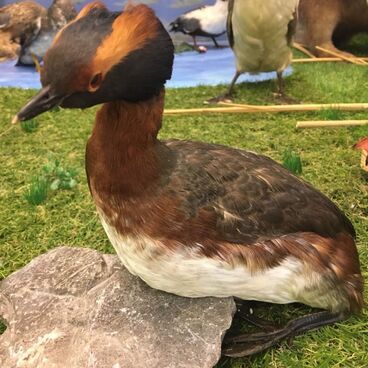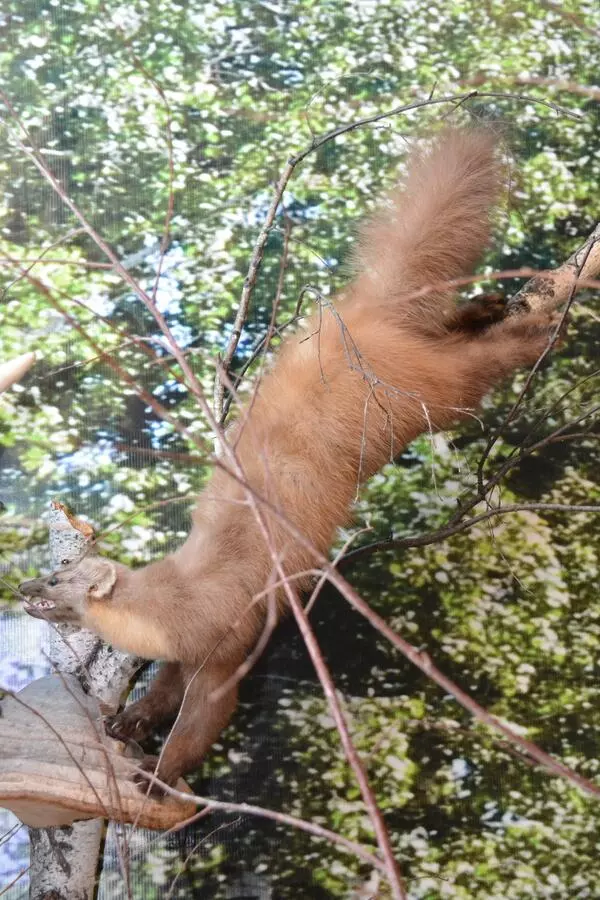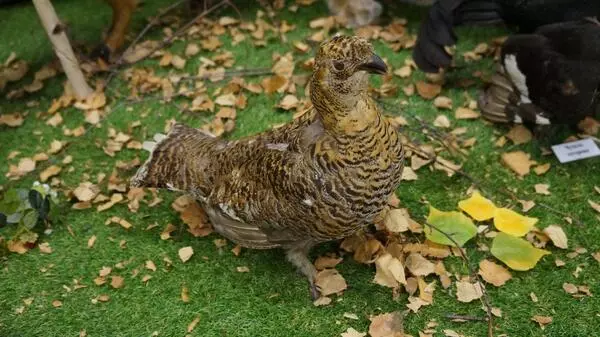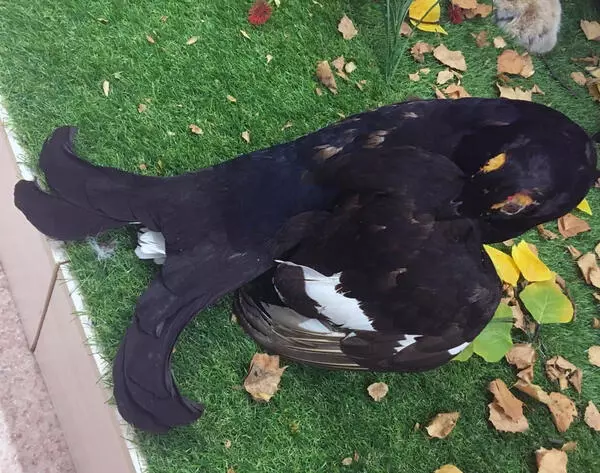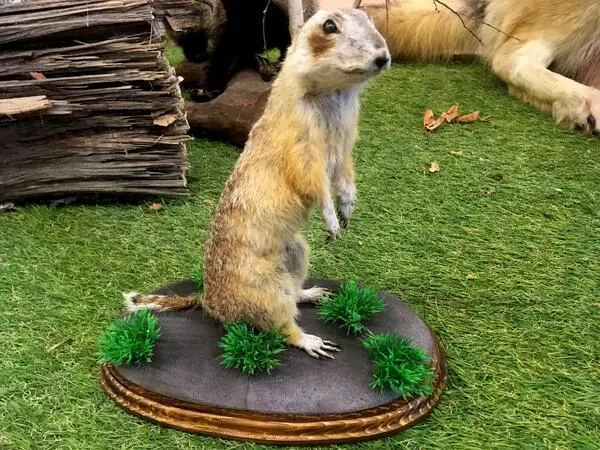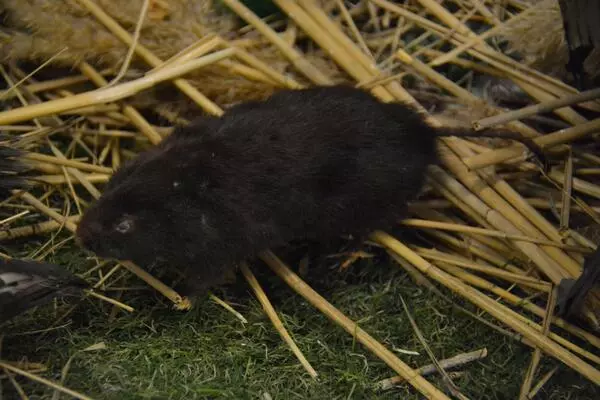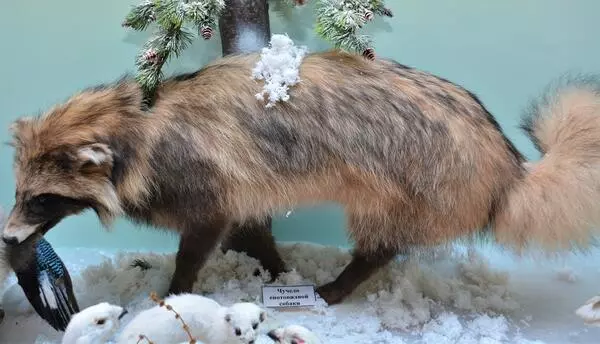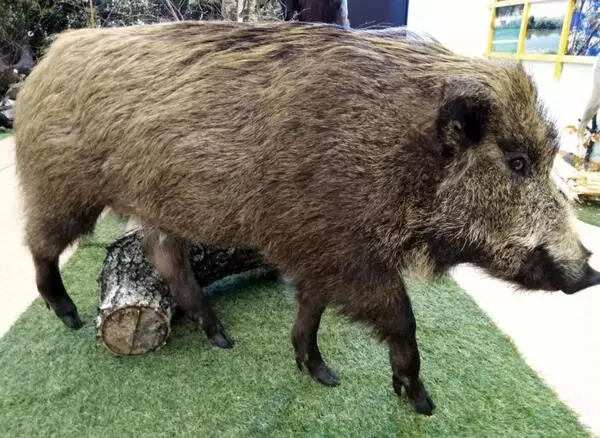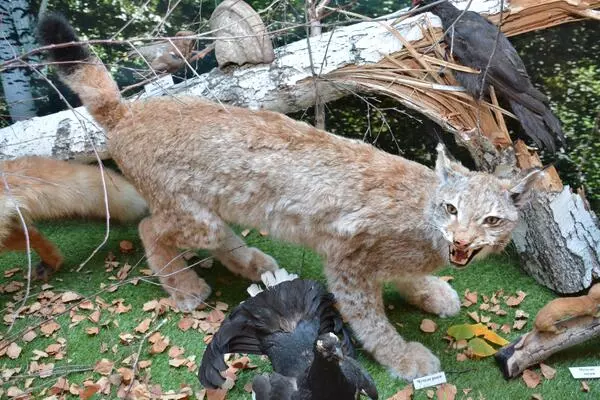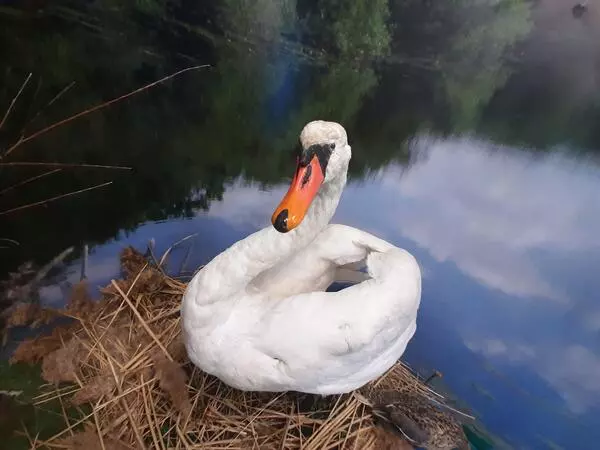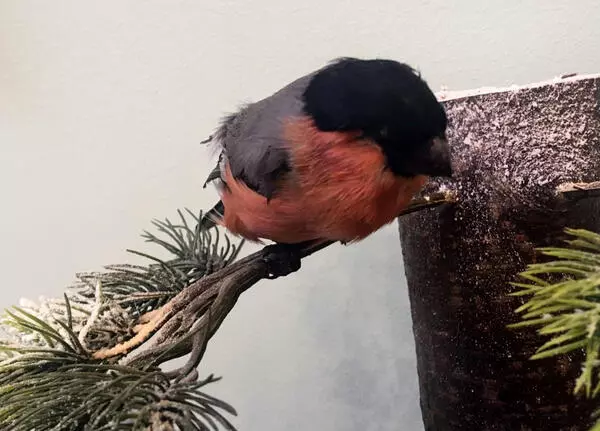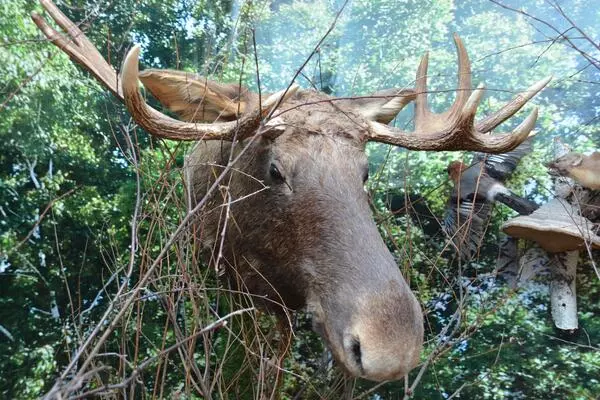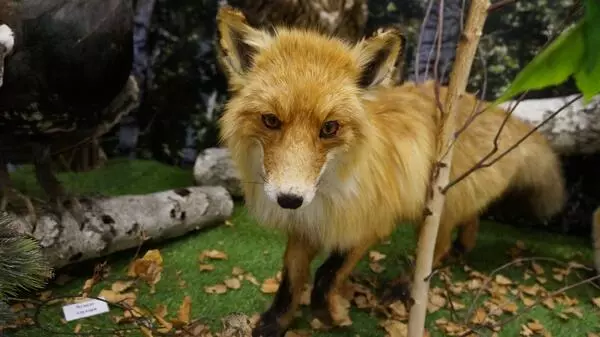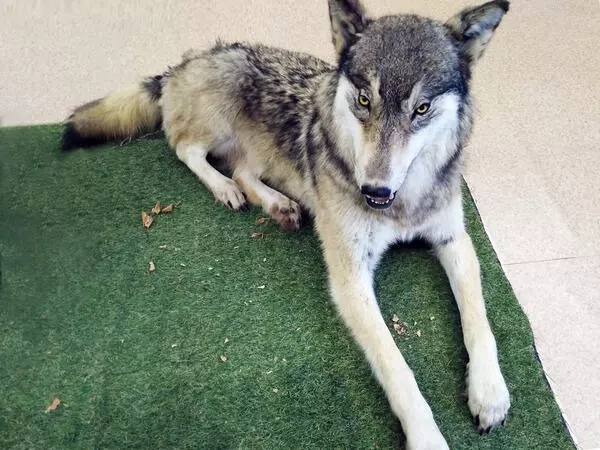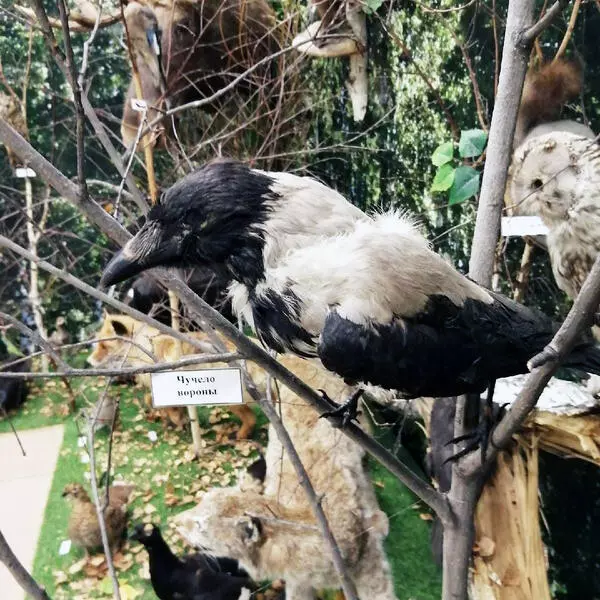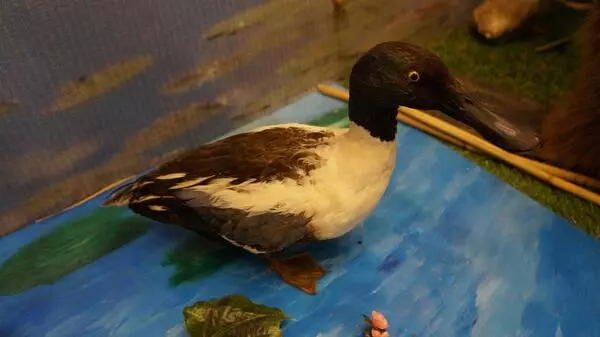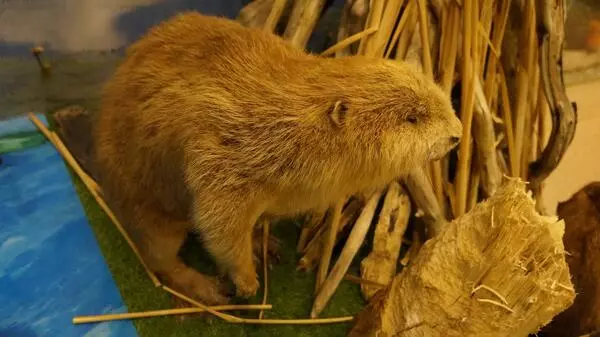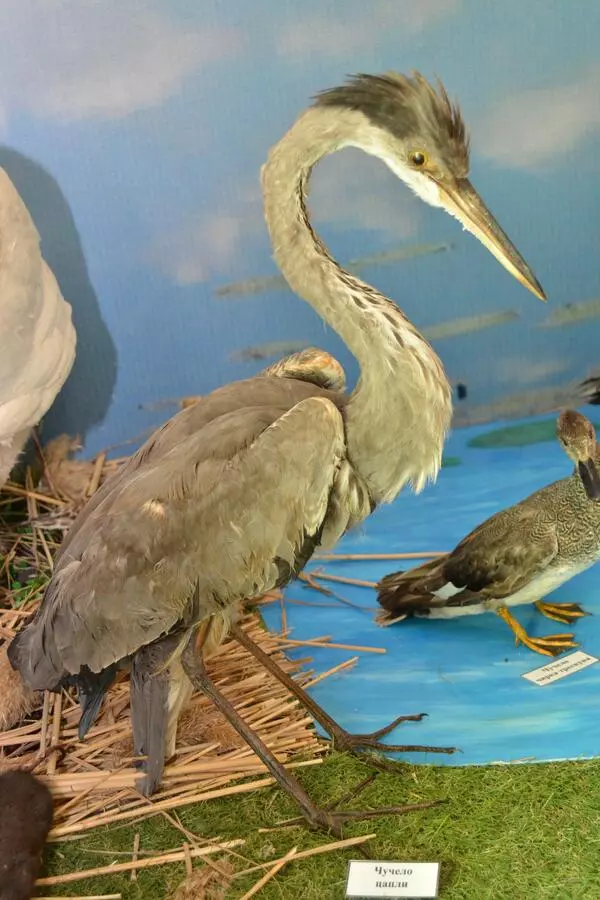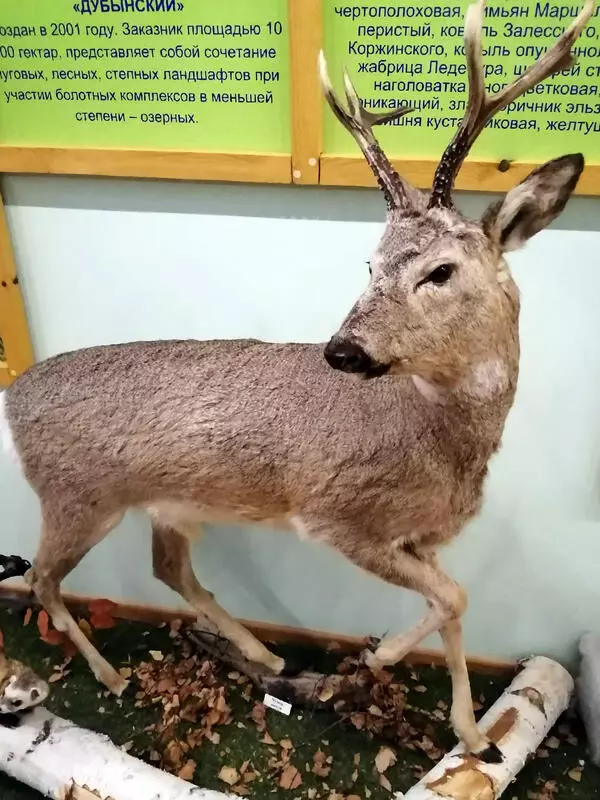The house sparrow is the most widespread species in the true sparrow family. The bird is easy to recognize by its appearance and characteristic chattering. An average sparrow measures about 16 centimeters with a wingspan of up to 27 centimeters. The difference between the male and female plumage is that the male has a large black marking on its chin, neck, and upper chest and a dark gray cap.
The sparrow’s life is intertwined with that of people and their activities, so the bird can be found virtually everywhere. Large populations of sparrows inhabit cities and towns from West Europe to the shores of the Sea of Okhotsk, in East and Central Asia, and even in Siberia.
The sparrow mates for life and is faithful to its partner. The bird makes nests wherever it is possible. Within a single season, the female can lay up to five clutches. Both males and females feed the chicks. When the offspring grows up, it stays with the parents making large flocks, which is also amplified by sparrows reproducing very quick and abundant food near human residential areas.
This small bird is a great help in the agriculture. In summer, the sparrow feeds on bugs, grasshoppers, caterpillars, and blackflies, purging gardens and fields of these pests. The bird has a gargantuan appetite. In a single day, it eats about 18 grams of food. Besides, there are numerous monuments to this small yet so helpful bird in such cities as Boston, Ulm, Tokyo, Minsk, and Kemerovo.
In the last century, China made a grave mistake by considering the sparrow pest No. 1 that destroys crops. Within a few months, about 2 billion sparrows had been killed in China. Two years later, the country was stricken by hunger because of spawning caterpillars and locusts. The death toll totaled about 30 million people. China turned to Canada and the USSR, urging them to send sparrows, which they did.
Sometimes, sparrows are held captive in cages as songbirds. When held together with other songbirds, sparrows learn their songs. Growing a adult sparrow from a hatchling produces a pet sparrow. The only difficulty is that the hatchling must be fed insects.
The sparrow’s life is intertwined with that of people and their activities, so the bird can be found virtually everywhere. Large populations of sparrows inhabit cities and towns from West Europe to the shores of the Sea of Okhotsk, in East and Central Asia, and even in Siberia.
The sparrow mates for life and is faithful to its partner. The bird makes nests wherever it is possible. Within a single season, the female can lay up to five clutches. Both males and females feed the chicks. When the offspring grows up, it stays with the parents making large flocks, which is also amplified by sparrows reproducing very quick and abundant food near human residential areas.
This small bird is a great help in the agriculture. In summer, the sparrow feeds on bugs, grasshoppers, caterpillars, and blackflies, purging gardens and fields of these pests. The bird has a gargantuan appetite. In a single day, it eats about 18 grams of food. Besides, there are numerous monuments to this small yet so helpful bird in such cities as Boston, Ulm, Tokyo, Minsk, and Kemerovo.
In the last century, China made a grave mistake by considering the sparrow pest No. 1 that destroys crops. Within a few months, about 2 billion sparrows had been killed in China. Two years later, the country was stricken by hunger because of spawning caterpillars and locusts. The death toll totaled about 30 million people. China turned to Canada and the USSR, urging them to send sparrows, which they did.
Sometimes, sparrows are held captive in cages as songbirds. When held together with other songbirds, sparrows learn their songs. Growing a adult sparrow from a hatchling produces a pet sparrow. The only difficulty is that the hatchling must be fed insects.
